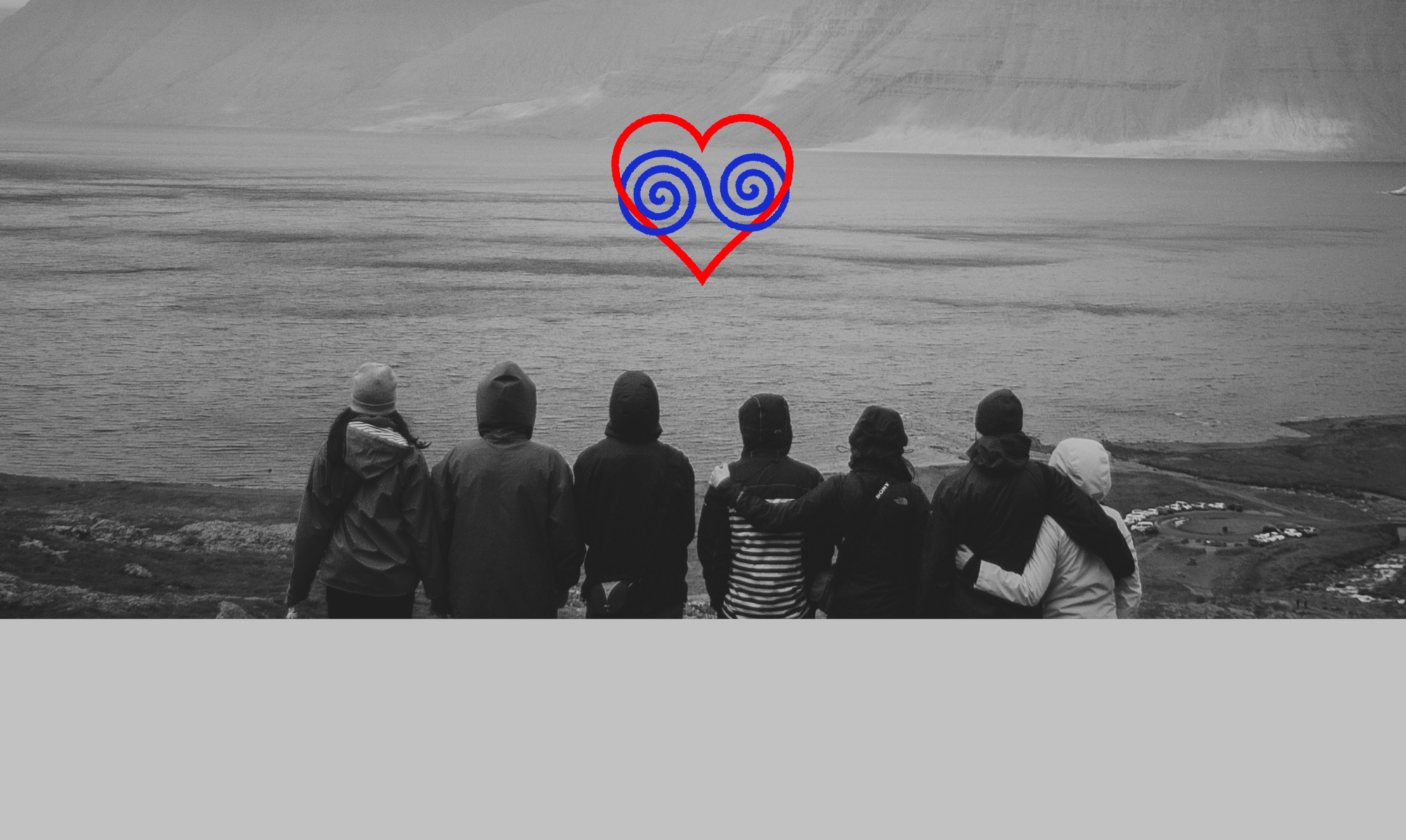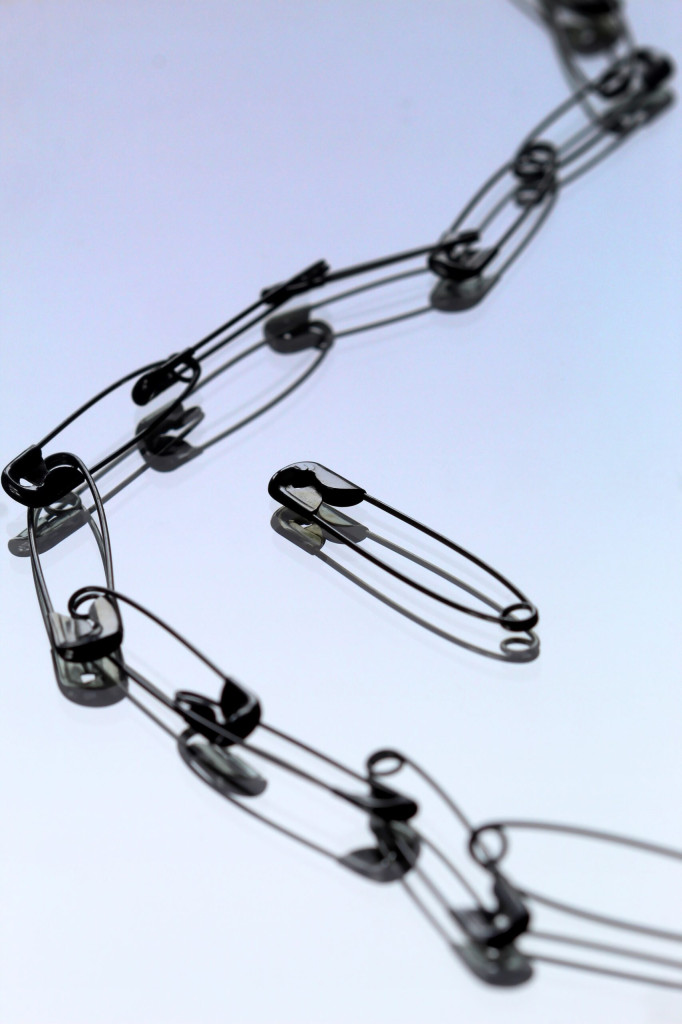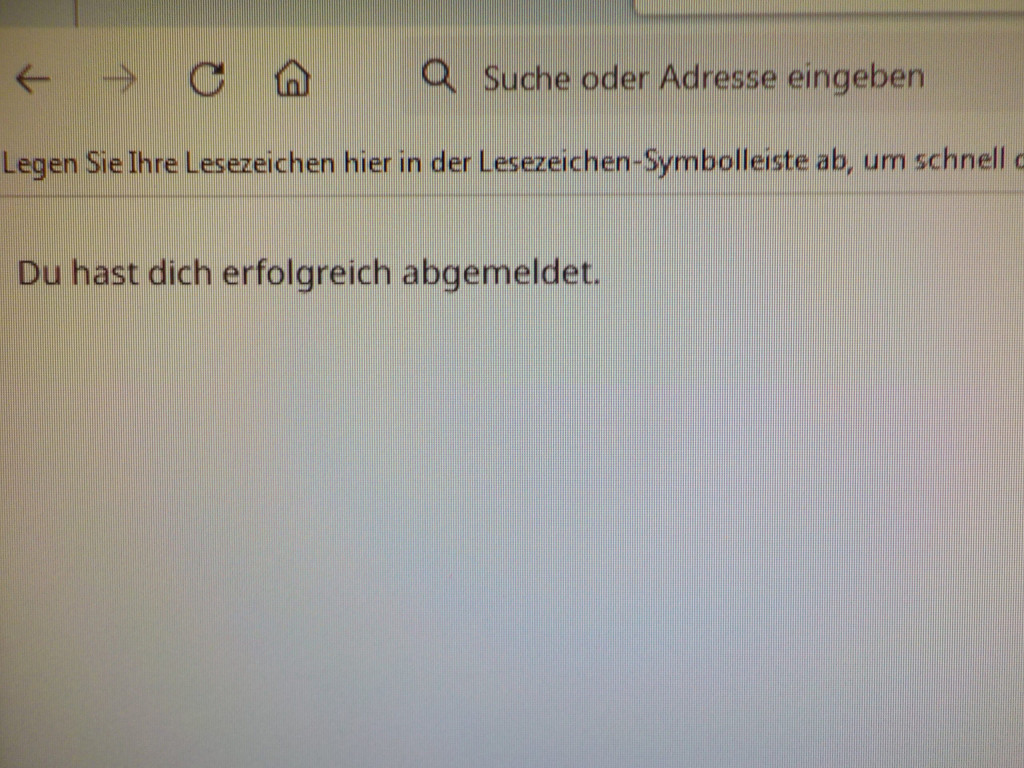Resource Cake

Festive weeks on the Oligoamory-bLog – and one anniversary follows the next: The 100th Entry can be admired today! Behind the speedy succession of outstanding milestones (just last month we celebrated 5 years of Oligoamory) this time, however, there’s first and foremost arithmetical finesse: Since I had written 4 articles every month in my first year of blogging, the 100th Entry is the result of the sum of 61 diligent months, after my project had become a monthly edition in year two.
Of course, there are nevertheless candles and cake for the nice round lot – and the latter is a kind of symbol for my topic today, which always plays an important role in the world of ethical multiple relationships: Resources.
A resource, according to the German-language Wikipedia, is “a means, [a] condition as well as [a] characteristic or [a] quality for pursuing goals, coping with requirements, carrying out specific actions or allowing a process to proceed in a certain goal-oriented manner.” The Wikipedia entry also adds: “A resource can be a material or immaterial asset, […] in psychology for example also abilities, personal characteristics or a mental attitude, in sociology for example education, health, prestige and social connectedness. In psychological and psychosocial contexts, the terms ‘strengths’ or ‘sources of power’ are also frequently used.”
Three sentences from an online encyclopedia and it becomes clear that no one who is involved in a structure of several romantic partnerships – and possibly with several physically existing loved ones – can avoid this topic.
Because for truly practicable multi-person networks rooted in green life, personal resources are a decisive – how do we say nowadays? – “benchmark“, precisely in terms of their feasibility, their establishment and their sustainability.
Why this is so important, I already outlined in the first year of this project in my “Dating”-Entry 30” by asking: “Do I currently have the capacity in my life to appreciate a (further) WHOLE person as such?”
This question naturally arises when engaging in any form of romantic relationship – but when it comes to a life with even more than just one other “relationship participant”, the challenge of providing and allocating resources can increase accordingly (at least it sometimes seems that way…).
Which brings us to today’s title photo with the (anniversary) cake as an allegory for our resources. Which I think is pretty fitting, because of course a cake like this is usually there to presumably be shared with others.
At the same time… – as it lies there, pre-cut in its plastic tray – this resource, for its part, seems to be part of something bigger as well. And that’s wonderful: After all, I’ve been stating about ethical oligoamorous multiple relationships almost from the very beginning (and it says so on my starting page) that they constitute an experience that is “greater than the sum of its parts”...
However, the current climate change and the turn towards a new ecological mindset also remind us that resources are not infinite. This also applies to our personal resources in relationships. It is no coincidence that the subtitle of the Oligoamory project is “committed-sustainable relationships” (and I already talk about the “sustainability aspect” in the last section of Entry 3).
Limited resources mean that they should be managed carefully, but this sometimes also leads to division and rationing: Who receives which, when, from what and how much – and instead of a lavish cake, a purely functional pie chart with its colored larger and smaller segments comes to mind…
This tendency does not stop at multiple relationships – after all, sharing in a cake to which everyone contributes is only one side of the coin. The British author and journalist Matt Haig describes the other side as follows:
»Although it is said that the poet Samuel Taylor Coleridge was the last person who read everything, this is a technical impossibility as he died in 1834, when there were already millions of books in existence. However, what is interestingis that people of the time could believe it was possible to read everything. No one could believe such a thing now.
We all know that, even if we break the world record for speed reading, the number of books we read will only ever be a minuscule fraction of the books in existence. We aredrowning in books just as we are droening in TV shows. And yet we can only read one book – and watch only one TV show – at a time. We have multipled everything, but we are still individual selves. There is only one of us. And we are all smaller than the internet. To enjoy life, we might have to stop thinking about what we will never be able to read and watch and say and do, and start to think of how to enjoy the world within our boundaries. To live on a human scale. To focus on the few things we can do, rather than the millions of things we can’t. To not crave parallel lives. To find a smaller mathematics. To be a proud and singular one. An indivisible prime.«¹
So let’s hope that we haven’t chosen multiple relationships out of our multiplication reflex of not missing out on anything. In any case, the temptation to pursue several relationships as “parallel lives” is quite real in Polyamory (my concern about this in Entry 2!). Self-care, on the other hand, is advisable if multiple relationships should prove “sustainable” in terms of our resources.
Concerning that, according to my experience, I would generally differentiate between “external” resources (e.g. money/income, means of transportation, housing, infrastructure, access to support, constitutionality, etc.) and “internal” resources (e.g. resilience, empathy, openness, relationship skills, ability to deal with conflict or criticism, etc.) – although there are certain overlapss:
A typical phenomenon for overlaps is the timing, like for example: Do I just have to deal with my mother’s admission to a nursing home, who received her dementia diagnosis last week? Or am I in my third trimester of pregnancy?
Get me right: When love enters our lives, it often doesn’t necessarily ask whether it’s a good time. However, sometimes there are serious external circumstances and processes that occupy us already factually – but also mentally and psychologically – to such an extent that we may not be the best version of ourselves – also with regard to our ability to be confronted with additional, groundbreaking decisions beyond the current stress (further typical “overlapping resources” are therefore e.g. health, integration/participation, as well as social inclusion and personal contacts in general).
Indeed, especially the important “resource time” itself – seemingly a mathematical external factor that literally squeezes our lifetime into the pie chart segments of the clock face: Time for eating, sleeping and the commitments we have made, e.g. often work – but also other obligations and relationships of various kinds that we want to maintain. As a result, we begin to allocate – and divide – and the organizational effort involved grows proportionally with the increasing scarcity that we ourselves are creating.
The author Matt Haig is right, however, when he points out that – controversial to the saying about love – that not everything always “becomes more when you share it”. Because at the end of all duplication, multiplication and any “more”, we ourselves – with our senses and sensations that allow us to experience all that – remain indivisible (see last third of Entry 98: in-dividual).
And precisely because this is the case, there is a danger that we will begin to deplete our lifetime – particularly when it comes to our relationships! – until we feel as the fantasy author J.R.R. Tolkien makes the poor troubled Bilbo say in “The Lord of the Rings“ (Vol.1 “The Fellowship of the Ring”):
“I feel thin, sort of stretched, like butter scraped over too much bread.“
At that point there is nothing left of cake, pie and enjoyment. And forget about sustainability…
As far as our resources are concerned, however, we can also be misled by two further factors, which in turn will probably lead to us literally “loading too much onto our plates” – causing us to be unable to get off a potential (pre-)worry carousel in good time.
On the one hand, this is due to the unfavorable biographical learning experience, which I already mentioned in Entry 27 and Entry 98, quoting the words of Friedrich Schiller “He who is strongest is most powerful alone”.
Such a manifested conviction usually arises from the negative (life)experience that one cannot rely on others, which often results in the attitude that “…if you want something done, you’d better do it yourself!”
On the other hand, this can happen if we overdo it with the beautiful oligoamorous principle of “thinking the other participants into the equation” from Entry 53, and try to co-manage the sovereignty hemisphere of these other participants in the relationship in a certain form of anticipatory concern.
I’m writing this paragraph because it’s something I keep catching myself doing – precisely because I sometimes forget that the other people involved in the relationship are also truly WHOLE, competent people.
Then I find myself – while I’m about to arrange an appointment – juggling with distances and navigation applications, fiddling with meal plans or comparing the pros and cons of entire weekend schedules with the known likes and dislikes of the possible participants.
And before I’ve even come close to successfully slaying such a coordination monster, I sometimes receive an email from one of my loved ones telling me how she*he can easily travel the (in my eyes terrifyingly annoying) kilometers to my place, what she*he is contributing to lunch and that we don’t need so many plotted activities because our coming together would be the most important priority. Period.
But sometimes I don’t – and I get tangled up unnecessarily in a mess of well-intentioned, anticipatory obedience, seasoned with a few subliminal patronizing suggestions due to the omission to inquire in time on my part…
Incidentally, such an unfavorable “cat-and-mouse game with yourself” can be taken to extremes. Because it’s of course good and right to be clear about your resources – and about what capacities are (still) available for (further) interpersonal relationships. However, asking yourself what you have to offer another person because you already have such a jam-packed life is above all a self-deprecating but ultimately rather insubstantial endeavor – since it is in the eyes and hearts of the others who hopefully choose us for their own – and uniquely good – reasons.
By which I mean to say: Even BEING in a relationship can still occasionally make us forget that we don’t have to bear the weight of the universe on our shoulders alone. Or that only our shoulders might be the most appropriate on which it should rest…
After all, it is also an important resource to acknowledge the limits of one’s own sphere of controllability.
For one thing, that we can finally free ourselves from the fact that since we are NOT alone, we still always have to be strong in everything.
Because, for another thing, the other (relationship) parties involved are absolutely great, capable – indeed – WHOLE human beings, with ideas, talents and resources all of their own, which probably relate to domains and potentials that are luckily quite different from ours.
Ideas, talents and resources that in turn allow us the extraordinary and beneficial experience of drawing from something greater than the mere sum of its parts…
Of course, in ethical (multiple) relationships, it remains true and important to think about the effects of one’s own plans and actions on other participants. Selfishly managed resources, which are allocated as we see fit, primarily with a view to maximizing our own benefit, render us incapable of relating and unlovable.
In line with the words of Matt Haig above, the German social pedagogue and conflict researcher Klaus Wolf, for example, already worked out at the beginning of this millennium that individual self-nurturing coping styles such as optimism or dedication (in the sense of: turning towards, opening up, accepting) are among the most essential personal resources.²
And that is precisely why sharing in intimate relationships also allows us to experience this unique sentiment with regard to our resources, which for me was most impressively put into words by the deeply perceptive Austrian poet Rainer Maria Rilke³:
Rest!
Being a guest for once.
Not always entertain your own desires
with meager fare.
Not always grasping for everything with hostility;
let everything happen for once and know:
What happens is good.
¹ Matt Haig: „Notes on a Nervous Planet“, Canongate Books Ltd.; Main Edition (05. July 2018)
² Klaus Wolf: Sozialpädagogische Interventionen in: Karin Lauermann, Gerald Knapp (Edt.): Sozialpädagogik in Österreich. Perspektiven in Theorie und Praxis. Volume 3. Publishers: Hermagoras/Mohorjeva, Wien, p. 92–105, esp. p. 95; 2003
³ Excerpt from: Rainer Maria Rilke – “The Love and Death of Cornet Christoph Rilke“, written in 1899, first publication by Insel-Bücherei in 1912
Thanks to MatissDzelve on Pixabay for the photo!










